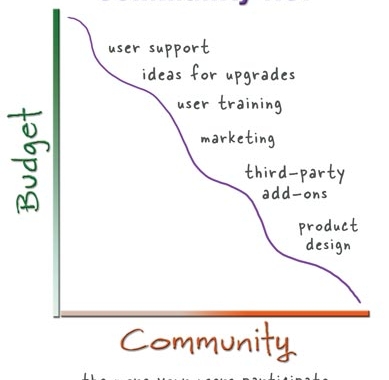What’s Wrong With the RITE Method?
A critique of a common method used in video game usability research
Many video game usability practitioners employ a method to test usability within video games, called the ‘RITE’ method, short for Rapid Iterative Testing and Evaluation (RITE). Pioneered at Microsoft Games Studios and Microsoft Research, the RITE method has been adopted by many usability research organizations besides the teams at Microsoft.
While the RITE method has some advantages, such as the ‘rapid iterative’ ability to suggest changes to designers and test them in successive passes, it may fall short when looking for usability issues that lie beneath the surface.











